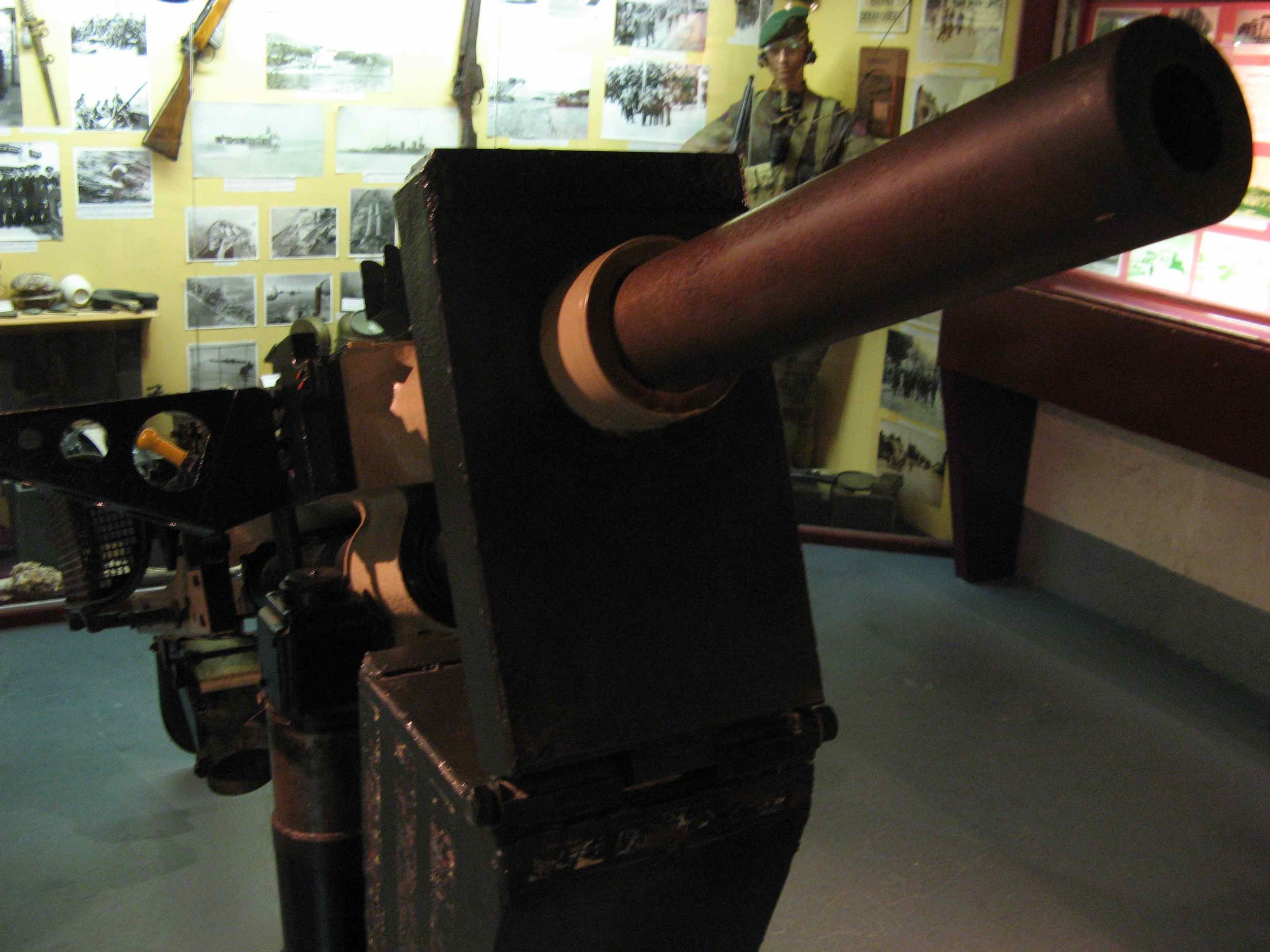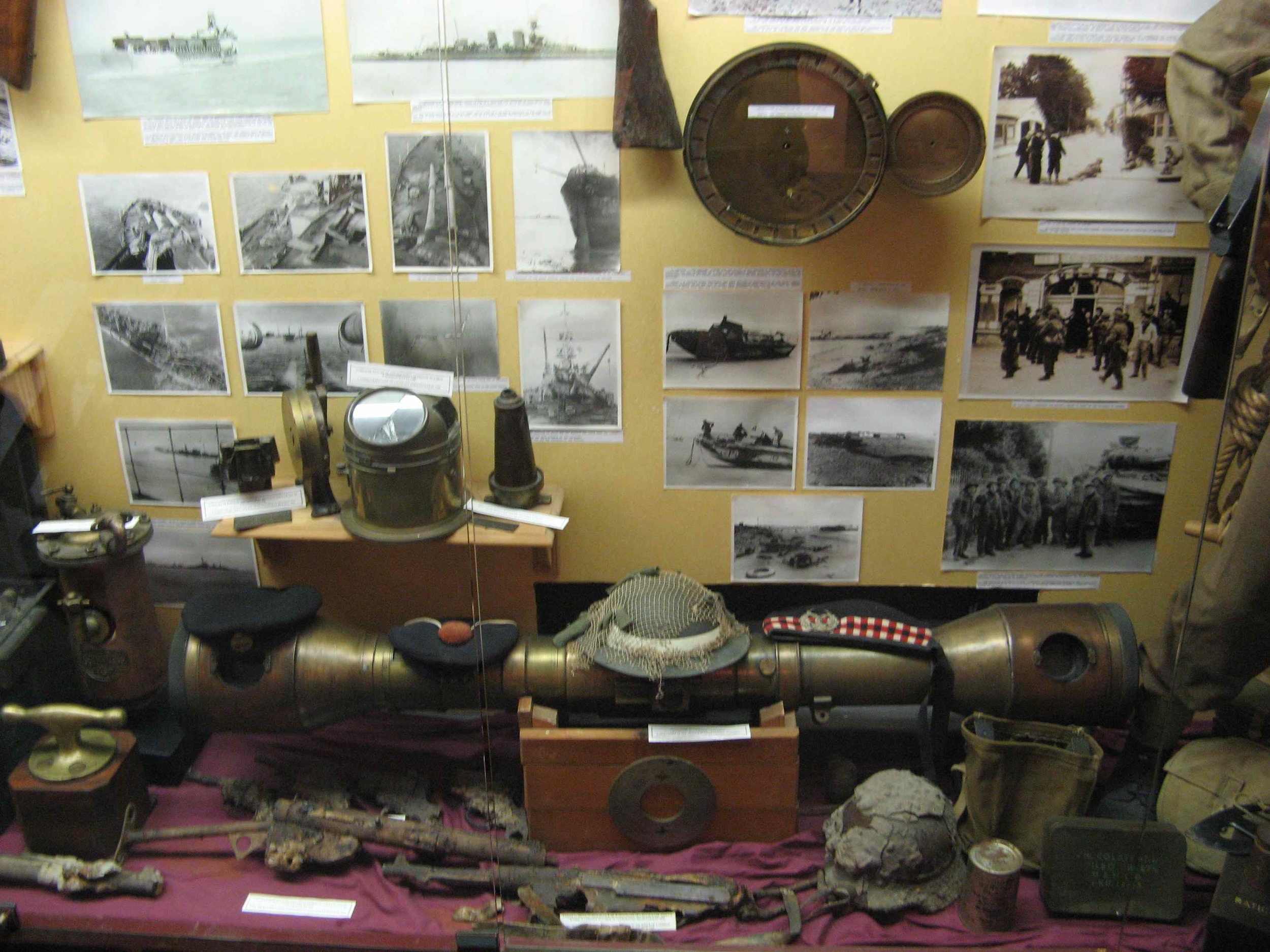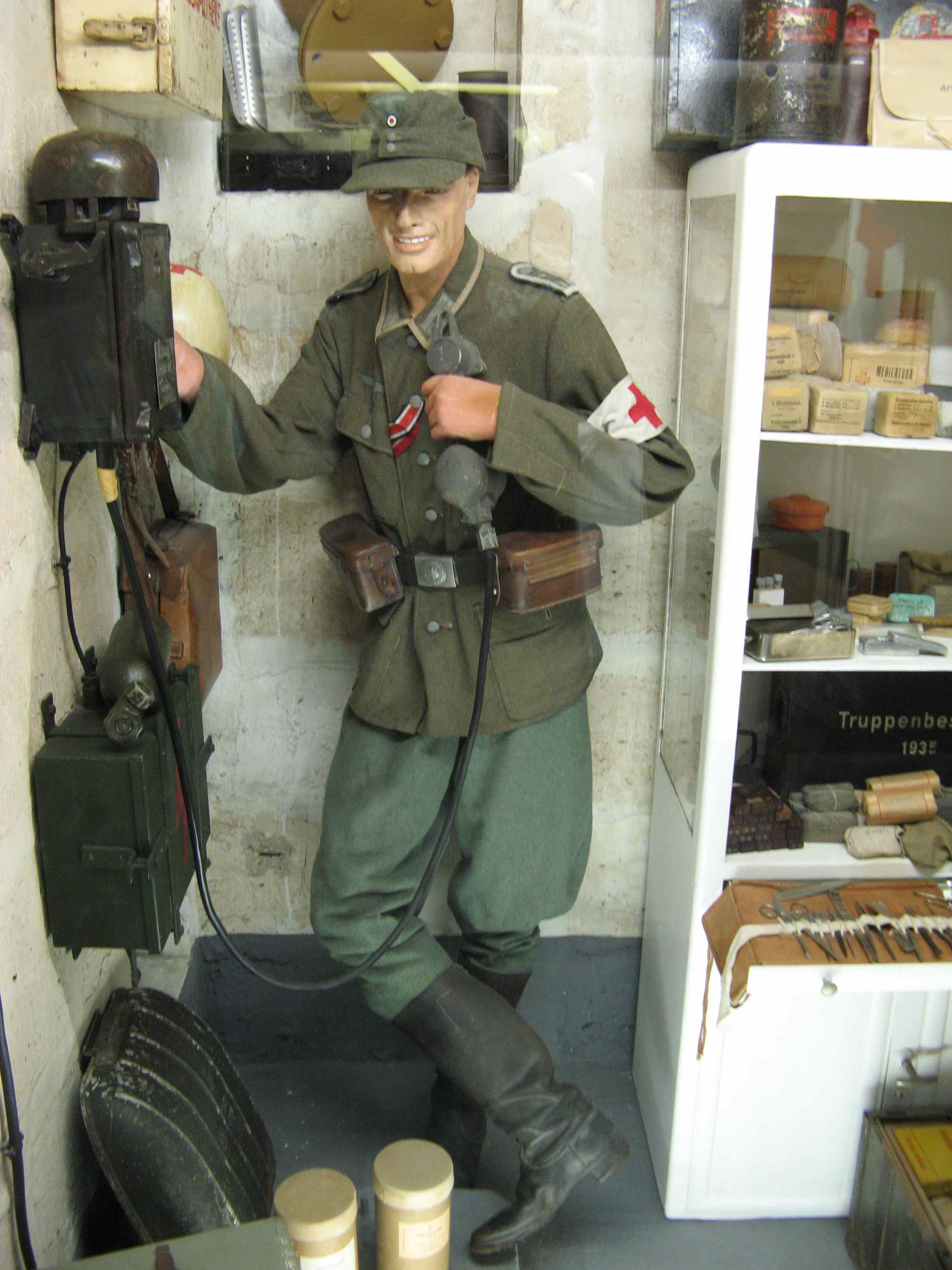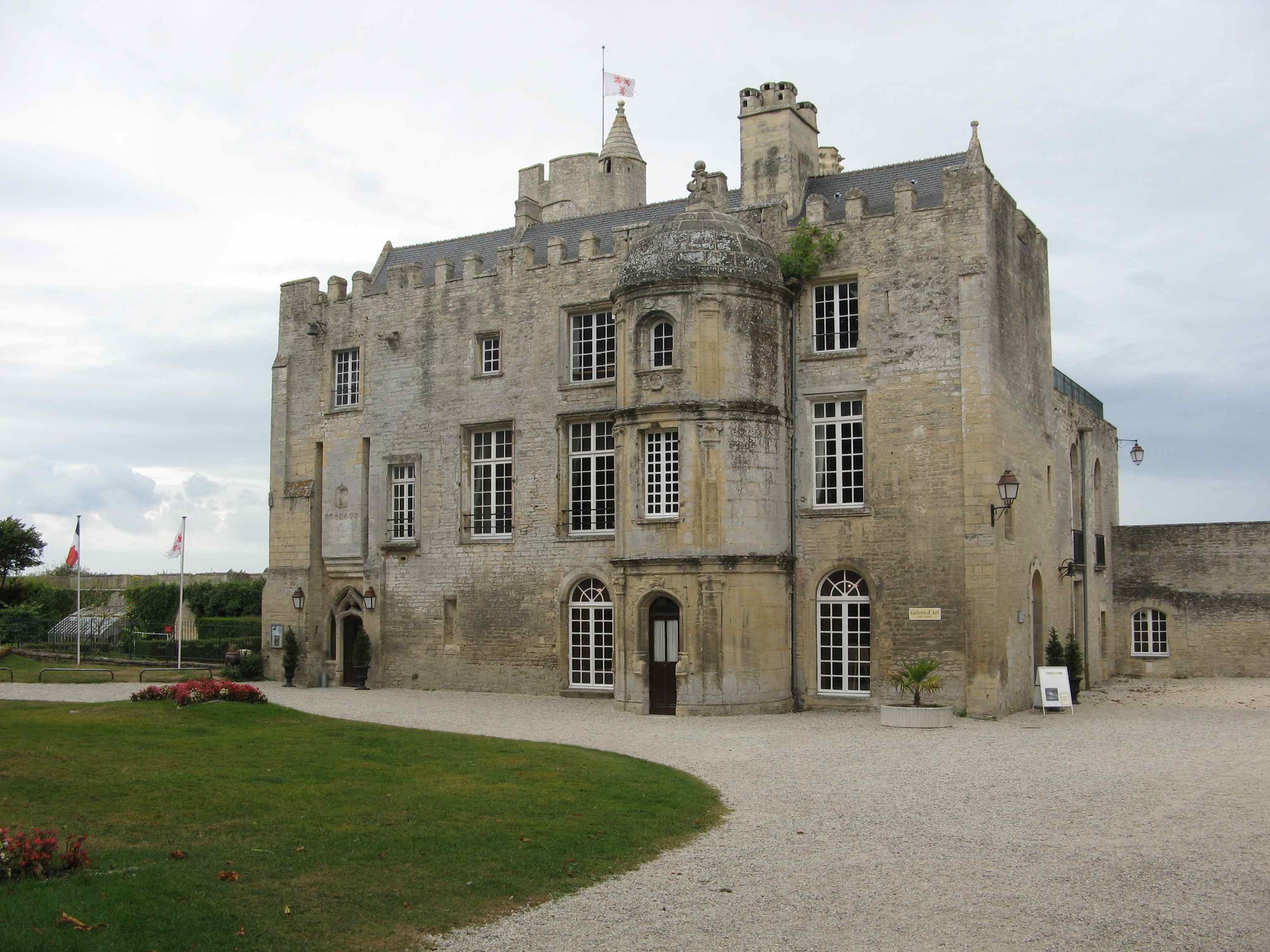I can't believe it's almost Labor Day. I'm not sure why summer passes so quickly, but I never feel like I've squeezed all of the goodness out of it before it's gone.
via Little Visuals
This year I made a list of goals for making the most of summer. Looking back, I actually did a little bit of everything.
- I read more. I especially loved Beautiful Ruins by Jess Walter.
- I explored Ontario and took a great trip to Ottawa.
- I got creative and started taking Skillshare classes on calligraphy. I even made something pretty.
From my first strokes to my first mini project making wrapping paper. I have a ton to learn but I'm loving learning, practicing, and playing. I'm still extremely proud of that one capital G next to the giant ink blob!
Maybe I did make the most out of my summer afterall! I think I'll do another list for fall.
So in honor of Labor Day and the unofficial end of summer, I have a list of (mostly) foodie links have been inspiring me this week.
via Foodies Feed
#1 I'm looking for something delicious to make from Food52s 27 Genius Recipes for Labor Day. Oh how I want to eat that Atlantic Beach Pie! (via Food52)
#2 New Mexico is gearing up for chile roasting season. There's nothing quite like the smell of roasting chile hanging in the air to herald the change of seasons. Not to mention the endless supply of delicious, flavorful green chile (my favorite!). I had a conversation with a hot sauce producer this week. When I told her I was from New Mexico, her response was "Oh, I get it! You like hot but you also like flavor." Bingo! Nothing compares to or beats New Mexican green chile in my book. For the uninitiated, here's Eater's "Definitive Guide to Santa Fe Green Chile." (via Eater)
#3 Apparently the snowball is a Baltimore, Maryland specialty. I grew up with a snowball shack just down the street and crave them all summer long. Maybe this explains why my love of snowballs/snow cones/shaved ice seems so out of place here. (via Serious Eats)
#4 After drooling over the things I can't have from places I don't live anymore, I was happy to see that one Toronto restaurant on my "must try" list, Edulis, has a $100 black truffle-covered chicken that's been called the "most succulent bird in North America." I'll have to take their word for it, but the $50 tasting menu sounds right up my alley for a special night out. How can I pass up an opportunity to have "one of the warmest fine dining experiences in North America?" (via Eater)
#5 & 6 Upon reading the (unsurprising) news that Starbucks Pumpkin Spice Latte has insane amounts of sugar and no actual pumpkin, I decided to make these baked pumpkin spiced doughnuts as my first fall-flavored treat instead of the annual PSL. (Food Babe link via Self | doughnuts via Against All Grain )
#7 & 8 Dreaming about eating my way through France thanks to my favorite food writer, David Liebovitz's Tour de France post part 1 and part 2. (via David Liebovitz)
#9 Five regional French dishes to try while attempting to eat my way through France. (via New York Times Travel)
#10 A beautiful homebase called La Maison Matelot (Homeaway link) for a French getaway in the fishing village of Port-en-Bessin, Normandy (near Caen). I've had this place in mind for over a year and remembered it while honeymoon brainstorming. The timing didn't work for our trip last year and we won't make it next year, either. But my emails with the owner were always great and I think someone should go and report back. For science!
Bonus! Every year the Canadian National Exhibition, a giant fair in Toronto, signals a last hurrah before school starts. It started in 1879 and I stumbled upon these great archival photos while checking out tickets.
That's it for this week! My plans for this weekend are to relax completely. I'm going dress shopping and then S and I are going to have some kind of adventure. I may even take the plunge and unplug--no phone, no computer--on Monday, which means there won't be a new post, but I'll be back.
What about you? Any plans or Labor Day traditions? What about favorite foods for this summer/fall shoulder season?
Enjoy your (hopefully long) weekend!

































